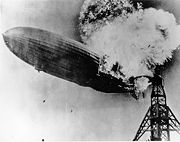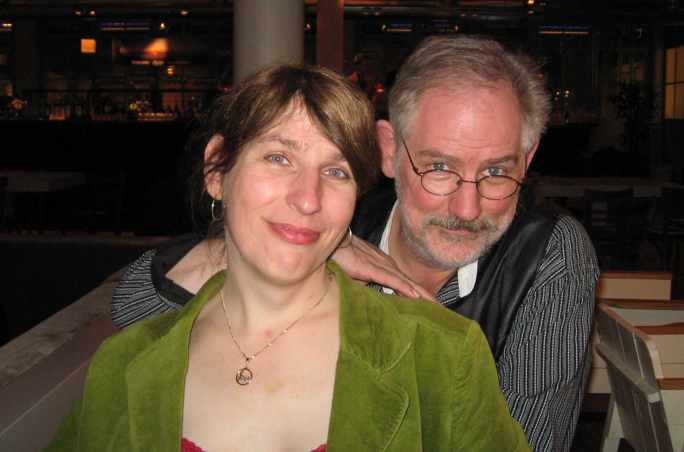 LONDON – I’ve heard a lot of music in Europe, but the concert I was most excited about, that I’d planned on hearing months in advance, was the premiere of my Dutch composer friend Renske Vrolijk’s Charlie Charlie. To hear it, in fact, I had to leave England between lectures and fly, then train it, back to Den Bosch in The Netherlands (a town whose more official name is S’ Hertogenbosch, and no one was quite able to explain why it has two names). Let it be some small window into the logistics of my journey that it was cheaper for me to fly back to Amsterdam and stay in a hotel there than it was to continue staying in my hotel in London. Mention London to anyone on the Continent, and they roll their eyes at the expense. I will too.
LONDON – I’ve heard a lot of music in Europe, but the concert I was most excited about, that I’d planned on hearing months in advance, was the premiere of my Dutch composer friend Renske Vrolijk’s Charlie Charlie. To hear it, in fact, I had to leave England between lectures and fly, then train it, back to Den Bosch in The Netherlands (a town whose more official name is S’ Hertogenbosch, and no one was quite able to explain why it has two names). Let it be some small window into the logistics of my journey that it was cheaper for me to fly back to Amsterdam and stay in a hotel there than it was to continue staying in my hotel in London. Mention London to anyone on the Continent, and they roll their eyes at the expense. I will too.
In any case, Charlie Charlie is a 65-minute… opera? cantata? oratorio?… about the wreck of the Hindenburg in 1937. The premiere took place at the Verkadefabriek, one of those wonderful European new-music spaces that’s a converted something-or-other with its own restaurant and a great place to hang out for hours following a premiere; performances in other cities run through December 1. Renske is an aviation nut who flies gliders as a hobby, and last spring in the U.S. she actually got permission to tour the military installation at Lakehurst, New Jersey, that now sits where the Hindenburg came down in flames. Charlie Charlie is what she calls a “documentary in music,” and portrays the event with an enlightening wealth of detail.
The Hindenburg was, of course, one of history’s best-photographed disasters, and Charlie Charlie‘s accompanying video by Bart Visser contains amazing footage of people running in horror from the descending firebomb. Between the historical film footage and suavely postminimalist, often almost meditative music, Renske mediated by a series of steps involving sampled vinyl noise (which gave a grainy historical feel even to the live music played in front of us), historical recordings (including a post-disaster conversation between Hermann Göring and the Hindenburg’s captain, who survived), and contemporary accounts of and letters about the event whose phrases were posted visually, played as samples, and sung live. In short, the most notable aspect of Renske’s strategy was her closely-woven integration of visual, audio, and performance elements so that ideas and phrases flowly smoothly among all dimensions of the production. In Lex Bohlmeijer’s libretto of historical texts, phrases returned again and again at various lengths, creating both musical cohesion and a poignant atmosphere of mourning:
for you would have felt nothing
you would have felt nothing…
everything would have been tranquil and peaceful…
you would have expressed only one regret[:]
the voyage is over so soon.
The example is suggestive of Renske’s meditative response to such a violent tragedy, though there were also climactic passages of pounding percussion. Still, seamless musicality is one of Renske’s signal traits as a composer. The Dutch have their own national post-Andriessen postminimalist style which is quite impressively widespread (and of which more later), but it’s a hard-edged style grounded in continual Stravinskian rhythmic surprise. Renske’s idiom is less macho and more affecting: her ostinatos less jumpy, her melodies smoother and quite suited for theatrical singing. She told me later about historical references in the music – like “Brother, Can You Spare a Dime?” played slowly in the background – that I’ll have to listen for on recording. It’s a beautiful, well-shaped work, and as soon as I get a copy, you’ll hear it on Postclassic Radio. Meanwhile, here I congratulate the composer after the premiere:

I have two more lectures, at Goldsmiths College on Tuesday and York College on Thursday, and I return to the U.S. Friday.
